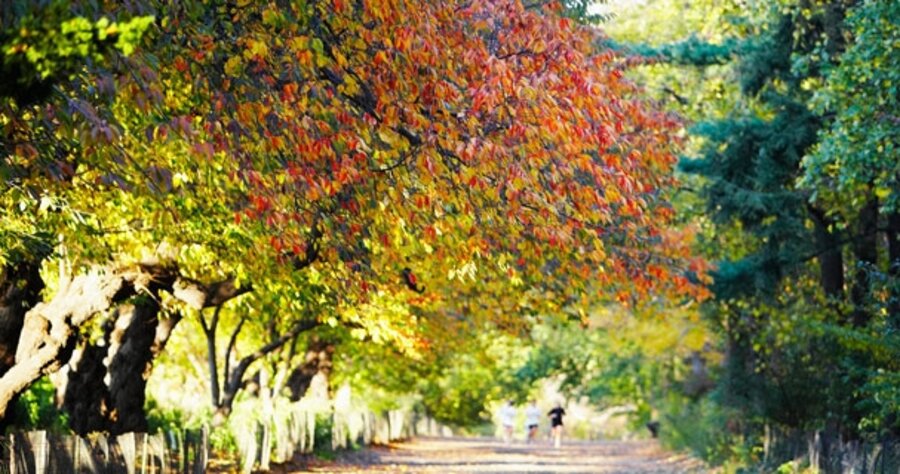Historic trees to the rescue
Loading...
Back in my high school days more than 30 years ago, I had a long-term biology project to collect and identify leaves from a fairly extensive list of trees. This task was to be shared by me and my lab partner.
Later in the quarter, when I asked my partner how her half of the leaf collection was coming along, she gave me a glassy-eyed “What leaf collection?” look. She had blown off the assignment, and it didn’t seem to bother her that our grade was in big trouble.
Not many people have a tree expert to call upon in such a crisis. But I did. My maternal grandfather, Theodore Klein, was a native Kentuckian who loved plants and trees.
Papa, as his grandchildren called him, was a gifted nurseryman by trade and an artist at heart. His grandfather had immigrated to America from Germany to cultivate grapes in the Ohio River Valley and his green thumb passed on to Papa.
Right up until he died in 1998 at the age of 93, my grandfather was an active man with a mission: to grow or create something interesting and beautiful (www.yewdellgardens.org/about_us).
So on a weekend in October 1975 (before all the leaves fell off the trees), my mother and I drove from Cincinnati to my grandparents’ Kentucky farm. With Papa’s help, I searched throughout his vast arboretum and found all the remaining leaf species that I needed – and then some.
About a dozen years later, I learned about a tree propagation project that Papa and a good friend had been collaborating on for several years. They propagated seeds or grafts from historically significant trees and then tenderly nurtured them into saplings.
These descendants were then distributed free of charge to state capitol grounds, campuses, and public gardens in all 50 states as well as many foreign countries.
For his project, Papa asked me if I would try to get some acorns from a well-known tree in Hartford, Conn. – a descendant of the famous Charter Oak Tree.
This was not far from where I lived, but I never got to the tree in time to get any decent acorns. (The acorns I sent him turned out to be duds that wouldn’t germinate.)
Papa told me that squirrels were masters at finding the best acorns. He said that if you observe carefully, you’ll see that a discerning squirrel will hold an acorn, assess the weight and if it’s no good he’ll drop it and move on until he finds only the heaviest, best ones.
The squirrels just know, he told me.
In following years, I tried to outsmart them by arriving earlier in the season. But the wily gray thieves were always one step ahead of me.
Another historic tree, a huge, sprawling 450-year-old sycamore in Simsbury, Conn., also interested Papa. The Pinchot sycamore is the largest of its species in New England.
So I waited until fall that year, collected handfuls of sycamore seed balls, and mailed them to him.
Papa later thanked me in a letter, telling me that he actually only needed one or two balls because each one contains hundreds of seeds. (I had sent him dozens of balls, enough to grow thousands of trees.)
A few years before Papa passed away, he gave me a packet of flower seeds to plant. Upon the small handmade envelope he had carefully written in pencil, “German Catchfly.”
I imagine these were seeds that he’d saved from one of his own catchfly plants.
Back then, I was busy raising two young boys and gardening was not a high priority. So I stowed the envelope among other sentimental treasures in my jewelry box and the seeds were forgotten.
A couple of years passed before I remembered them, and I had my doubts that the seeds would germinate. In the spring I eventually planted the tiny seeds, each one a black speck no bigger than the period at the end of this sentence.
The usual all-volunteer armies of weeds arrived to take whatever ground they could. But the distinctive spruce-colored catchfly seedlings emerged and stood out well enough that I knew not to pull them up.
The tall clusters of small flowers that eventually bloomed were a hot pink, my favorite flower color. And every spring since, the German catchflies have haphazardly sprung up in my ever expanding garden, happy to grow wherever the seeds happen to land.
They're weedlike in their toughness and adaptability, so I can always count on them to thrive. They are random acts of pinkness, there just to make me smile. And to remember.





